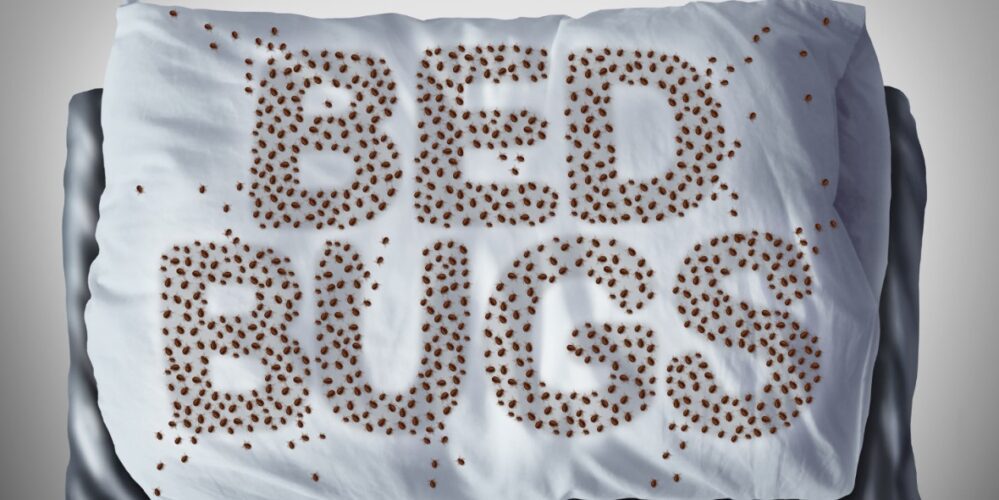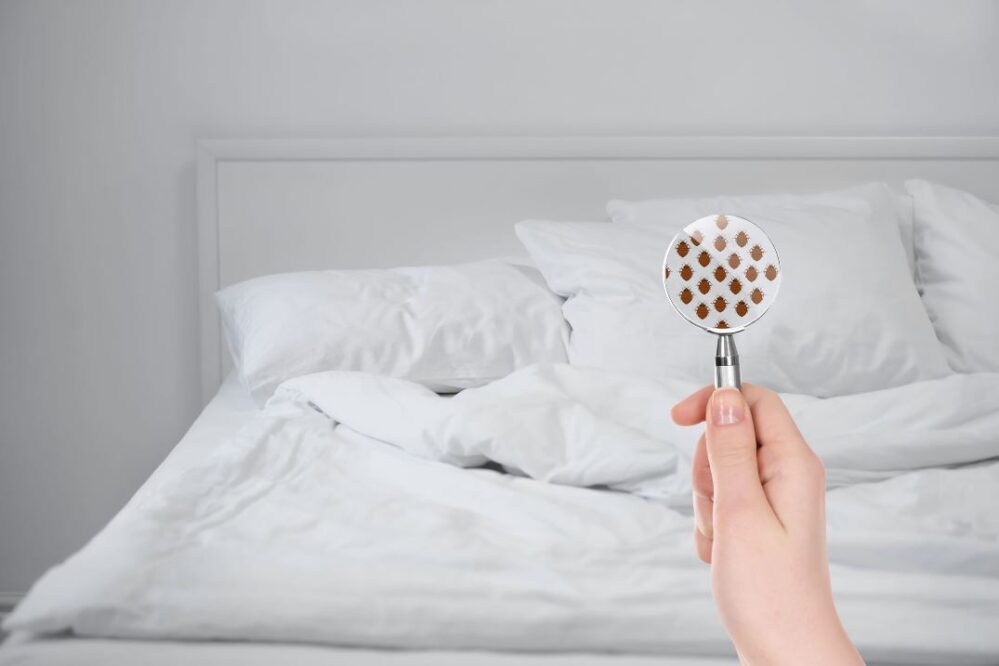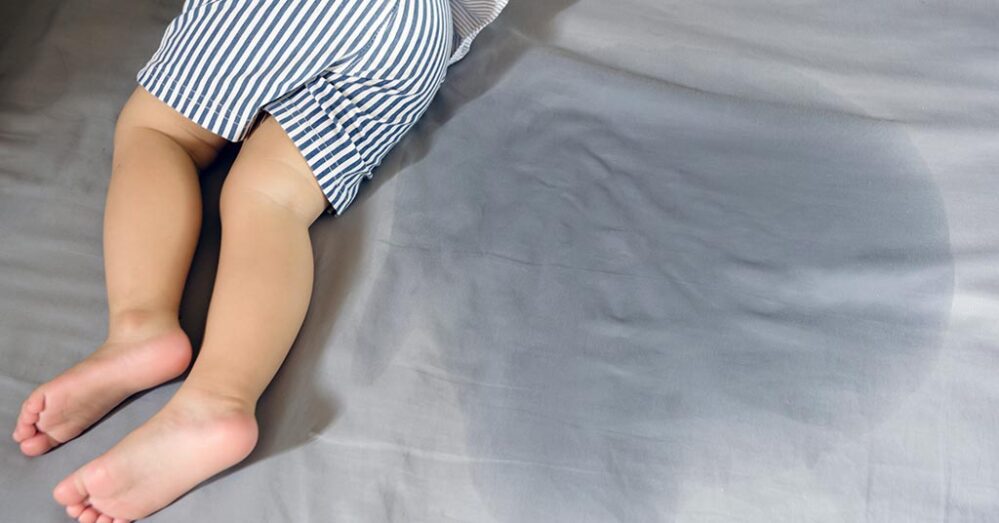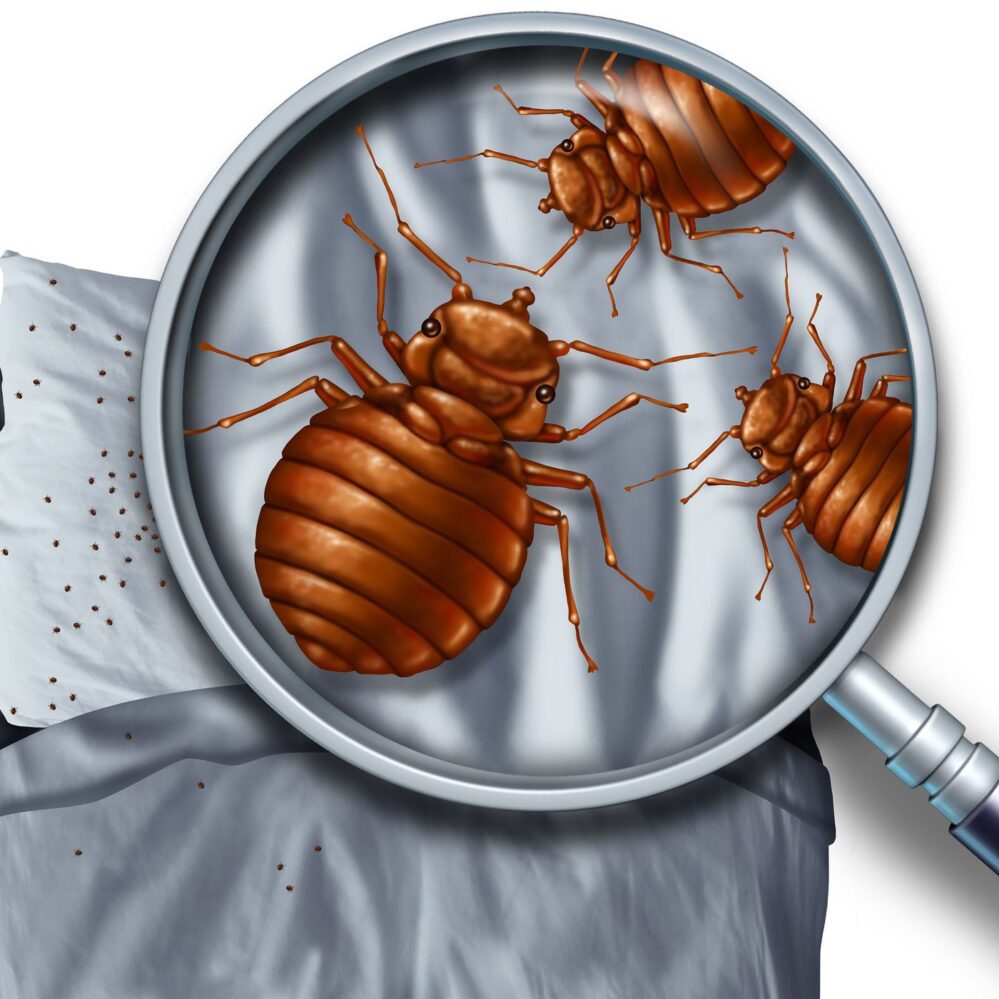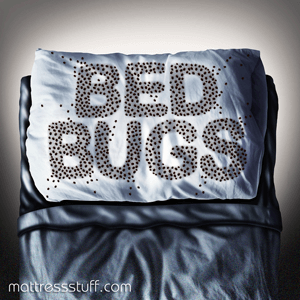
Table of Contents
How to Control Bed Bugs
Bed bugs are one of the most difficult pests to control. In recent studies, scientists observed that the pests produce enzymes that neutralize pesticides. Furthermore, scientists discovered the pests associated mutation in their nerve cells, which dulled the neurotic effect of pesticides.
The insects develop resistance to pesticides by natural selection, a non-random process where biological yields become common in a population as a function of differential reproduction of their bearers. Insects that survive the pesticide are the most resistant, passing on genetic hits to their offspring.
A number of factors contribute to pest resistance one of which is the pest’s exposure to natural toxins for a long period of time. Another reason is that pests produce large numbers of offspring increasing the probability of random mutations. This allows the number of resistant mutants to rapidly build up. Because the insects are difficult to kill you have to use a range of techniques and treatments.
Bed bug control refers to techniques used to deter, eradicate and reduce a bed bug infestation. Five control techniques support knowledge building (inspection, detection, observation, post-treatment evaluation, and follow-up procedures) and two elimination techniques (application of treatments and prevention control measures) reduce, deter and eliminate bed bugs.
The process begins with acquiring knowledge about the pests. A good understanding of the bed bug’s habits, biology and behavior is the foundation of a good control program.
People without knowledge attempt to control them and fail. The structured approach (knowledge building, prevention control, and application of treatments) is the basis of effective control.
Acquire knowledge
Knowledge building transcends the pest’s biology, behavior, and habits. It takes account of cause and effect. In other words, successful control depends on finding the answers to 6 questions:
1. Why do bed bugs enter the home? They need shelter and food.
2. When did they enter the home? The extent of the infestation determines the time the pests came into the home. An established infestation implies that they have been around for a while. Low infestation implies they were recently introduced into the home.
3. What can I do to eliminate them? It is important that you study the bed bug’s biology, behavior, and habits and understand and implement appropriate techniques to reduce, deter, and eradicate the pests.
4. How do bed bugs enter the home? The pests can enter the home in 3 ways:
Person – someone physically takes them home in luggage or other personal belongings.
Thing – they enter the home via used furniture, equipment, clothing or any other used item.
Forced invasion – they enter the home from a neighboring apartment, especially in a multi-unit complex.
5. What do bed bugs look like? You must research about the pest or ask a pest control professional to identify the target pest.
6. Where can I get help in case of a difficult pest? Hire a pest management professional to eliminate the pest.
Inspection
Inspection is about locating harborages. Two types of inspections, visual and canine, are used in bed bug control. Canine inspection involves the use of a trained dog to locate the harborages.
Canine inspection is quick and it is 95% guarantee the dog will be successful. Since it is only 95% guarantee, visual inspection is still necessary to locate the harborages missed by canine inspection.
Visual inspection is a physical search for harborages. It is tedious and time-consuming, but it is the only technique that facilitates locating and valuing all the harborages. Although the dog locates the harbor someone has to clean and treat it. Thus, visual inspection compliments canine inspection.
Detection
Detection in bed bug control referees to finding evidence that suggests an infestation. In other words, bed bug inspection facilitates detection.
What to look for
- Adult bed bugs & nymphs
- Eggs, egg shells
- Cast off skins
- Blood stains, excrement
- An unpleasant odor described as sickly sweet raspberries or moldy shoes scent
- Bite marks on the body
Observation
Bed bug monitoring tools facilitate the observation of the pest’s activity. By observing the pest’s activity you can determine the source and extent of an infestation.
This information enables you to select and apply a range of treatments to eliminate an infestation. Treatment depends on the structure and location of the harbor site.
Post-treatment evaluation
Evaluation and follow-up procedures are secondary information gathering techniques. After each treatment, it is best to assess the effectiveness of the treatment.
The aim at the evaluation stage is to determine:
- If you achieved the objective
- If the strategies gained their desired effects
- If the pests were appropriately managed
- If control methods were satisfactory
- If the program needs any improvement
Follow-up procedures
Bed bug control is not easy, especially in an established infestation since the need for consequent follow-up inspections, observation and treatments until the pests are completely eliminated.
Bed bugs are difficult pests to control. The information gathering techniques outlined above are designed to build knowledge about the pest. The knowledge you build enables you to eliminate an infestation using prevent controls, chemical, and non-chemical treatments.

